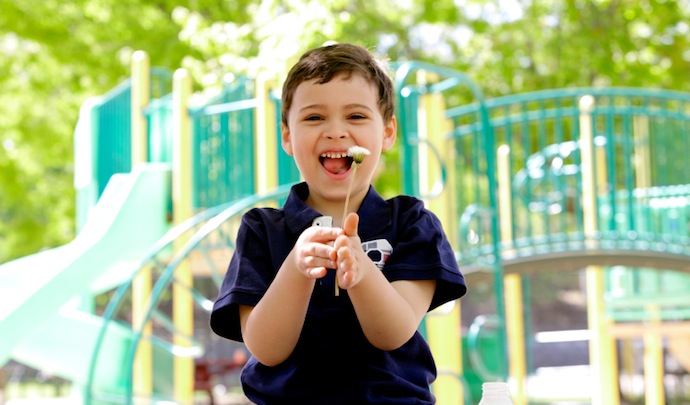Moving to a new home can be emotionally intense for any family, but relocating with a child who has autism brings added challenges. Parents may worry: Will my child feel overwhelmed and confused on moving day? Will he or she be homesick once we move to the new house? Will he or she wander out of the house?
Although every child with autism is different, here are eight strategies for making the move as stress-free as possible.
1. Create a Social Story.
Social Stories are a good way to introduce the concept of moving to a child with autism spectrum disorder (ASD). These are written or video stories — designed for children with ASD — that describe particular scenarios and expected behaviors.
“They include pictures and personal details so that the child with ASD can easily understand how the story relates to him,” said Debra Dunn, consulting outreach director for the Center for Autism Research at The Children’s Hospital of Philadelphia.
Leah Siuta, head of family services at the Center for Spectrum Services in Kingston, NY, recommends introducing the Social Story four weeks before the move, with the story being shared at least once or twice a day.
Before the move, consult with your child’s therapist, teachers and school counselors to decide how to best guide your child through the transition, Dunn said. Be sure to emphasize the positive changes and to show photos of the new location.
2. Make a safety plan.
Nearly half of children with ASD are prone to wandering, and moving to a new place increases the likelihood of that happening. Lisa Goring, executive vice president of programs and services at Autism Speaks, emphasizes the importance of safety tools such as alarm systems and locks in your new home “to prevent your child from leaving.”
If you’re going to rely on a home alarm system, try to have it installed before your move or soon after award.
If you don’t want to install a home alarm system, low-tech ideas like battery-operated door alarms or bell- or wind-chime-equipped doors can be good alternatives, according to Siuta. GPS trackers are another option.
For a list of safety products for children with ASD, visit autismspeaks.org/family-services/resource-library/safety-products.
3. Assign a moving-day task to your child.
“When it is time to prepare for the actual move, have children with ASD put stickers on all items that they want to make sure get taken to the new home. Some children can also help inventory personal items and pack,” Dunn said.
Be sure to pack a “precious cargo bag of tricks” that includes all of your child’s must-have distractions to keep him or her busy on the way to your new home and after you arrive, she said.
4. Enlist a caregiver.
Since moving day can be chaotic, you might want to ask a family member or friend to take care of your child or keep him occupied while the movers are there. Depending on how you think your child will react, it might be best to take him or her to the new home after everything has been moved out of the old one.
5. Meet the neighbors.
Goring recommends walking your child around the new neighborhood to familiarize him or her with the new surroundings. She also suggests introducing your child to your new neighbors, and letting them know your child has ASD and tends to wander.
“Provide them with all of your contact information, and let them know the best ways to respond if they see your child near their home or out in the community,” Goring said.
6. Look for hazards.
Scout the neighborhood ahead of time in search of potential hazards or “attractions” that might interest children, such as swimming pools, ponds, streams or tunnels, Dunn said.
Be sure to review safety lessons with your child, including water safety and “stranger danger.”
7. Recognize the challenges.
Siuta cautions that your child, especially if he or she has trouble with transitions, could feel anxious or sad after the move. To ease the transition to a new place, reduce the amount of demands placed on your child.
“The child is leaving something that is very safe and secure,” she said, “and going into a situation that is new and doesn’t feel as safe and secure as their old home.”
8. Plan a fun night with the family.
What does your child want to eat on his first night at the new home? You might order pizza or visit a family-style restaurant that night, or even pick up a “Happy Moving Day” cake at a local bakery.
Here are additional resources for a move involving a child who has autism:
Pre-move, day-of-move and post-move tips
humboldt.com/autism
Ideas for a moving-related Social Story
carautismroadmap.org/moving-to-a-new-home
Tips regarding water safety and “stranger danger”
carautismroadmap.org/water-safety
carautismroadmap.org/stranger-danger





